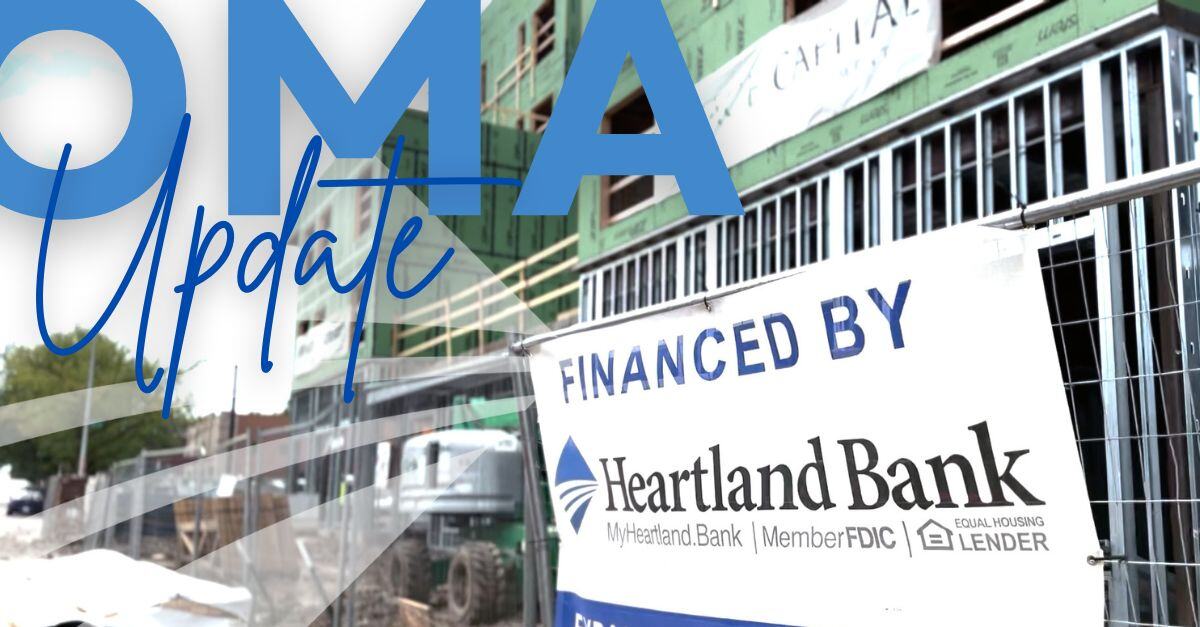.png?width=788&height=412&name=Blog%20Banner%20(21).png) As ACH fraud evolves, tokenization has become an important security tool. Learn how to partner with Fintech providers while staying compliant and protected.
As ACH fraud evolves, tokenization has become an important security tool. Learn how to partner with Fintech providers while staying compliant and protected.
As financial institutions and businesses look to Fintech partners for greater efficiency and scale, many are turning to tokenization to help protect sensitive account information in ACH transactions. Tokenization is a powerful security tool, but when it’s not implemented correctly, it can create operational headaches, compliance gaps, and reputational risk.
What is Tokenization?
Tokenization is the process of replacing a sensitive piece of information—such as a bank account number—with a token, a surrogate value that can be used during processing. This helps reduce exposure of actual account numbers while lowering the risk of fraud.
For organizations originating ACH transactions, the importance of securing account information has never been greater. In 2022, Nacha updated Article One, Section 1.6 of the ACH Rules to require any ACH Originator with more than two million entries per year to render Depository Financial Institution (DFI) account numbers unreadable when stored electronically.
The Rules don’t specify what technology must be used, but encryption is a common choice due to its proven flexibility, efficiency, and security. Tokenization is another strong option—if it’s done correctly.
Key Considerations for Tokenization
While tokenization is designed to increase security, it must be applied thoughtfully and in compliance with all applicable rules and regulations, including Anti-Money Laundering (AML) and the Bank Secrecy Act (BSA). Here are a few important points to keep in mind:
-
Traceability matters – Tokenized data must remain connected to the original account number so disputes, fraud claims, or audits can be resolved.
-
It’s not a loophole – Tokenization cannot be used to hide account holder identities or bypass compliance obligations.
-
Governance is essential – Secure data mapping and strong oversight are needed throughout the entire token lifecycle.
What This Means for Your Organization
If your business relies on a Fintech platform or service provider that uses tokenization in ACH processing, you are still responsible for ensuring compliance. Missteps by your provider could directly impact your operations. Risks of improper tokenization include:
-
Payment disruptions – Transactions may be rejected, delaying payroll, vendor payments, or refunds.
-
Higher fraud exposure – Poor mapping or weak controls can increase the likelihood of fraud.
-
Regulatory issues – Gaps in compliance can lead to findings during audits or regulator reviews.
Steps to Strengthen Oversight
To make sure your Fintech partners are using tokenization the right way, consider:
-
Reviewing vendor contracts and asking for documentation on their tokenization methods.
-
Asking how tokens are mapped back to original account numbers and how audit readiness is maintained.
-
Training key staff members to understand tokenization risks and what to look for during vendor due diligence.
Final Takeaway
Tokenization is a security enhancer—not a shortcut. By carefully evaluating your Fintech partners and ensuring they follow compliant practices, your organization can strengthen its security posture, maintain compliance, and continue to process ACH payments with confidence.
Heartland Bank is a family-owned community bank serving 15 Nebraska locations, committed to improving the lives of our customers, associates, and communities. We’re proud to be a seven-time honoree on American Banker’s Best Banks to Work For list.

-1.png)
-1.png)
-1.png)
.png)
-1.jpg)
.png)

.png)
.png)
.png)
